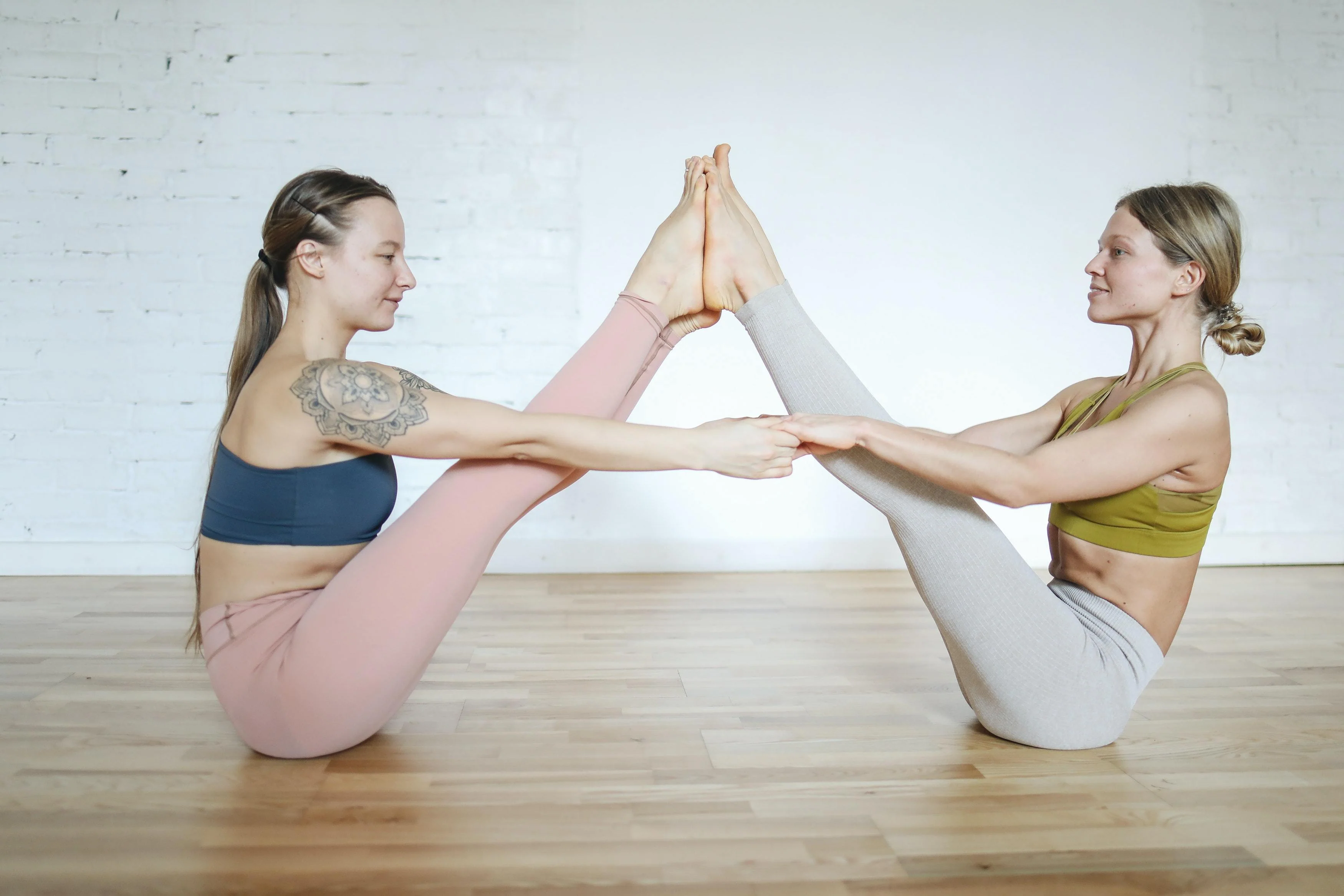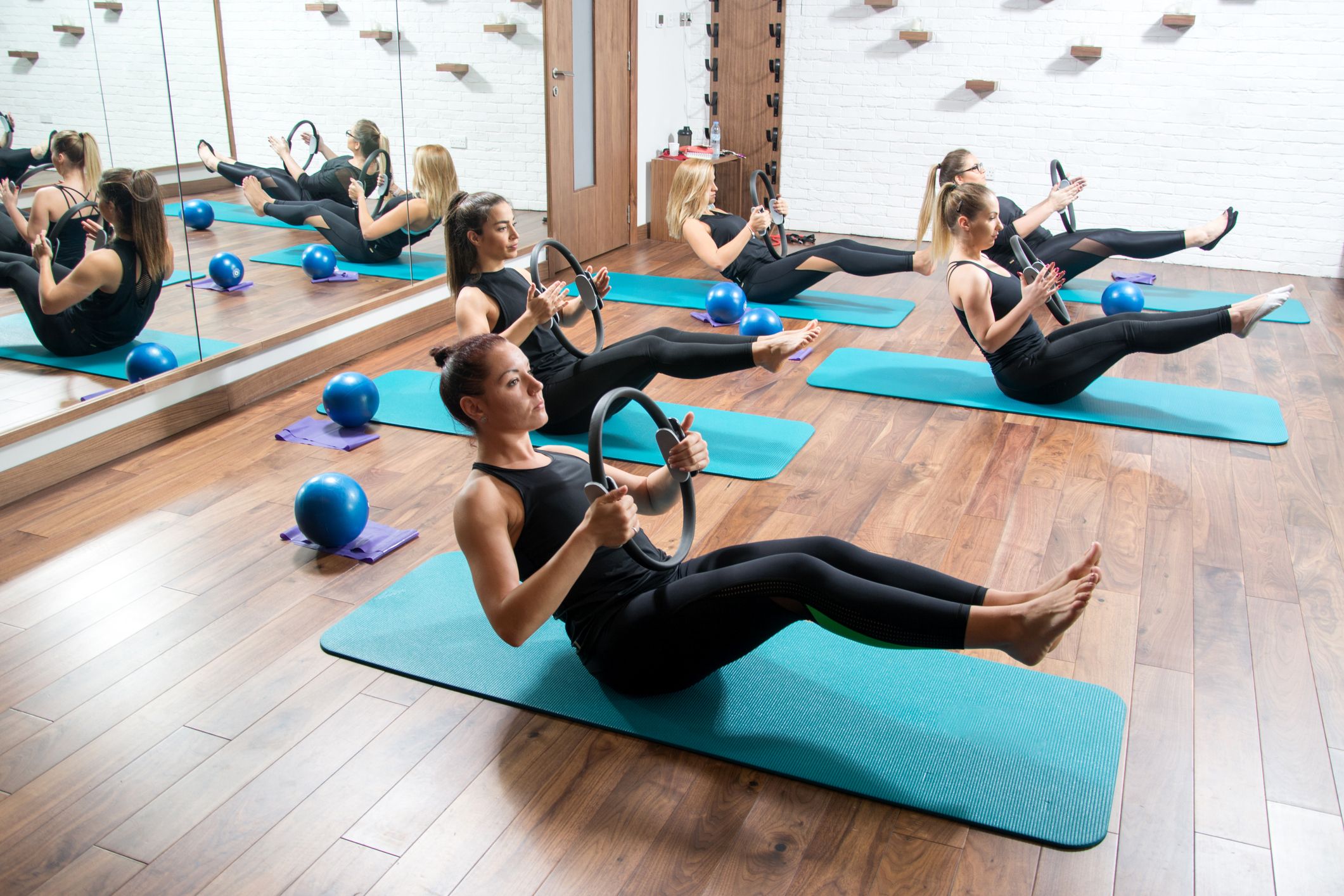
Yoga Poses That Work as Exercise
Most of us know that yoga is a fantastic method to alleviate stress and stretch your muscles, but is it rigorous enough to be classified moderate physical activity? If you’re trying to squeeze in enough exercise to achieve your personal health and wellness objectives or meet the guideline of 150 minutes of moderate physical activity each week (recommended by the U.S. Department of Health and Human Services and other health groups), you may wonder if adding a yoga class to your routine would “count” toward your goal. The answer: It depends.
There are a number of yoga types – vinyasa, restorative, hatha, and hot, just to mention a few. Each needs a different degree of physical effort. There’s a tremendous difference between a restorative yoga session with very little movement and a fast-paced vinyasa class where you’re swiftly going from one demanding posture to the next.
The latter may require enough exertion, and elevate your heart rate enough, to qualify as moderate physical activity; the former may not, explains Edward Laskowski, MD, a physical medicine and rehabilitation specialist and the former co-director of the Mayo Clinic Sports Medicine in Rochester, Minnesota.
“Classes that focus more on mindfulness and restoration may not get your heart rate up that much,” adds Dr. Laskowski. Some sessions are targeted at bringing folks to a higher heart zone rate where you’re taxing and exercising the heart much harder, which may truly be an aerobic exercise, he adds.
Here’s what you should know about yoga and your fitness.
Yoga Can Improve Muscle Strength

You don’t need machines or free weights to gain muscle. There is evidence that yoga does enhance strength when performed frequently. Many positions in yoga are a sort of body weight training that employs your body weight for resistance, for example the handstand or the plank. Certain stances and poses, merely by leveraging your body weight, will push a muscle and make it stronger, explains Laskowski.
One research indicated that, at the conclusion of the trial, women who performed an hour of ashtanga yoga twice a week for eight months were able to lift more weight with their legs compared with women who didn’t do yoga. Another research indicated that yoga enhances core and upper body strength and endurance; participants were able to complete more curl-ups and push-ups after six weeks of courses.
But the muscles you create in a yoga session may vary in certain ways from the muscles and muscular tone you acquire from other forms of strength training, Laskowski notes. Yoga is more about functional strength, he explains. In weight training, for example, you could isolate a single muscle (like the biceps) to strengthen it. In yoga, on the other hand, you employ muscle groups together.
“We use a bunch of different joints and muscles in yoga, which is nice because that’s what we do in our daily life,” he explains.
Can Yoga Be Aerobic Exercise?

What constitutes moderate and intense physical exercise varies from person to person, since everyone has a unique maximal heart rate based on their age, health, and how fit they are. (4) For healthy people, the American Heart Association advises a goal heart rate of 50 to 70 percent of your maximum heart rate for activity to qualify as moderate intensity exercise, and 70 to 85 percent of your maximum heart rate for activity to count as intense exercise.
For example, the typical 20-year-old’s heart should be pounding between 100 and 170 times per minute to be in the moderate to vigorous exercise range, but a 60-year-old’s heart rate should be racing between 80 and 136 times per minute to be in that range.
Yoga is not always an aerobic activity in the same category as walking, jogging, bicycling, or using an elliptical machine, explains Laskowski. Whether or whether a yoga session will bring your heart rate in the desired zone to classify as moderate physical activity depends on the sort of yoga and how fiercely you’re moving through it, adds Laskowski. programs that concentrate more on mindfulness and repair may not get your heart rate up as much as more athletic programs that are meant to keep you moving, he says.
A research that looked at heart rate in ashtanga, hatha, and gentle yoga revealed just a slight rise of heart rate. Participants in ashtanga, the more vigorous style of flow yoga, had a rise of roughly 30 beats per minute, while hatha and gentle yoga students had an increase of just about 15 beats per minute. Depending on your age and resting heart rate, that quantity of activity could be enough to classify as moderate exercise, while for others it would not.
That doesn’t mean it’s not valuable, adds Laskowski. It’s still exercise, after all — it’s just less intense than anything that pushes your heart rate up more (just as jogging is less intense than running). “The heart is a muscle, and when you challenge it by elevating heart rate you cause it to adapt and get stronger, so anything that does that is helpful,” he explains.
Read Also: 7 Resistance Band Training For Legs
How Many Calories Do You Burn During Yoga?

There are so many elements that impact how many calories you’ll burn performing yoga, including height, BMI, and age, among others, says Sally Sherwin, an advanced yoga teacher at Cleveland Clinic Wellness Yoga in Ohio.
“The guideline is between 200 and 600 calories [burned] per hour, which is a big window, because there are so many different forms of yoga,” she explains. In a restorative yoga session, you’re resting profoundly and likely not going to burn many more calories. But you will burn a lot more calories in a rigorous class when you’re moving a lot, Sherwin says.
According to calorie estimations computed at Harvard Medical School, the typical 125-pound individual burns around 120 calories in a half hour of hatha yoga, and a 185-pound person burns about 178 calories in that half hour. Hatha yoga is a wide category that includes vinyasa or flow yoga. In example, a 125-pound individual is expected to burn 135 calories in 30 minutes of walking (at a speed of 15-minute miles) and 210 calories pedaling at a moderate pace on a stationary bike.
Although you could sweat a lot more in Bikram yoga, the calorie total is around the same. In a study by a team of researchers from Colorado State University (presented at the national conference of the American College of Sports Medicine) found that in a standard 90-minute class that goes through 26 poses in a room heated to 105 degrees and 40 percent humidity, women burned an average of 330 calories and men averaged about 460 calories, which isn’t too far from the calories burned walking briskly for the same amount of time.
There is evidence that practicing yoga might aid with weight reduction perhaps indirectly via the lifestyle changes it supports. In a study performed at the National Institutes of Health Clinical Center (published in the journal Evidence-Based Complementary Alternative Medicine), people who practiced Iyengar yoga (a slow-moving type of yoga that focuses on body alignment and posture) and lost weight after taking up the practice, were interviewed. The researchers found many reasons (based on the interviews) that may have contributed to the Iyengar yogis’ weight loss: a move toward healthy eating, feeling supported by a culture that encouraged healthy eating and habits, and physical improvements including muscle growth and toning.


